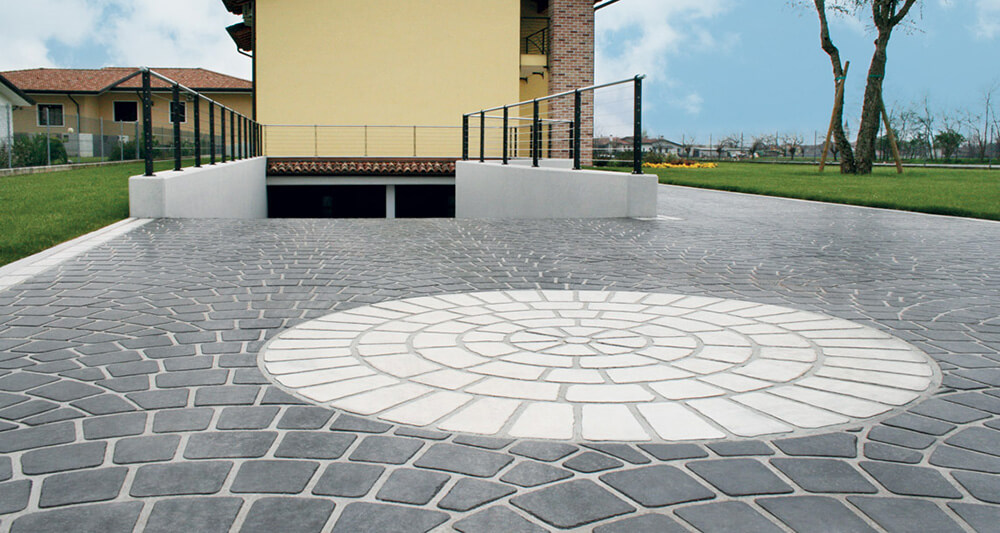Anyone who runs a business, factory or warehouse knows that employee accidents are a cause for concern. The health and safety of workers is and always should be the top priority for any employer.
Accidents can also be very expensive for a company, both from an economic point of view and in terms of time lost. They can also be the cause of bad publicity. By law, each company must establish certain conditions for accident prevention. Unfortunately, however, there are always unpredictable risks and certain activities are significantly exposed to dangers and margins of error.
Prevention requires a forward-looking approach that helps to foresee accidents even where there appears to be no danger. According to the statistics of various Institutes (both national and international), it is noted that about one in four accidents in the workplace that occur in the countries of the European Union is due to falling, slipping or tripping.
Most of these are caused by poor floor conditions, insufficient maintenance and other surface problems. These common problems include:
– cracks, irregularities and chips
– wet or damp floors
– worn parts
– presence of oils and fats
– presence of dust and/or debris
– holes
There is also the unfortunate possibility that accidents could be caused by an abrupt change of material between adjoining surfaces. Many of the problems listed above can be eliminated through proper maintenance and preventative measures that include:
– the installation of a surface that smooths out all the irregularities of floors worn and/or damaged by time and use;
– the application of protective treatments against water, oils and humidity;
– levelling out of walkable surfaces with the installation of a single level floor;
– deep and constant cleaning.

Slip-resistant floors
Despite these measures, however, the danger of slipping may persist, especially in structures that involve work in contact with liquids and powders. In this case it is advisable to install a slip-resistant surface to provide workers with a more secure footing in such potentially slippery situations.